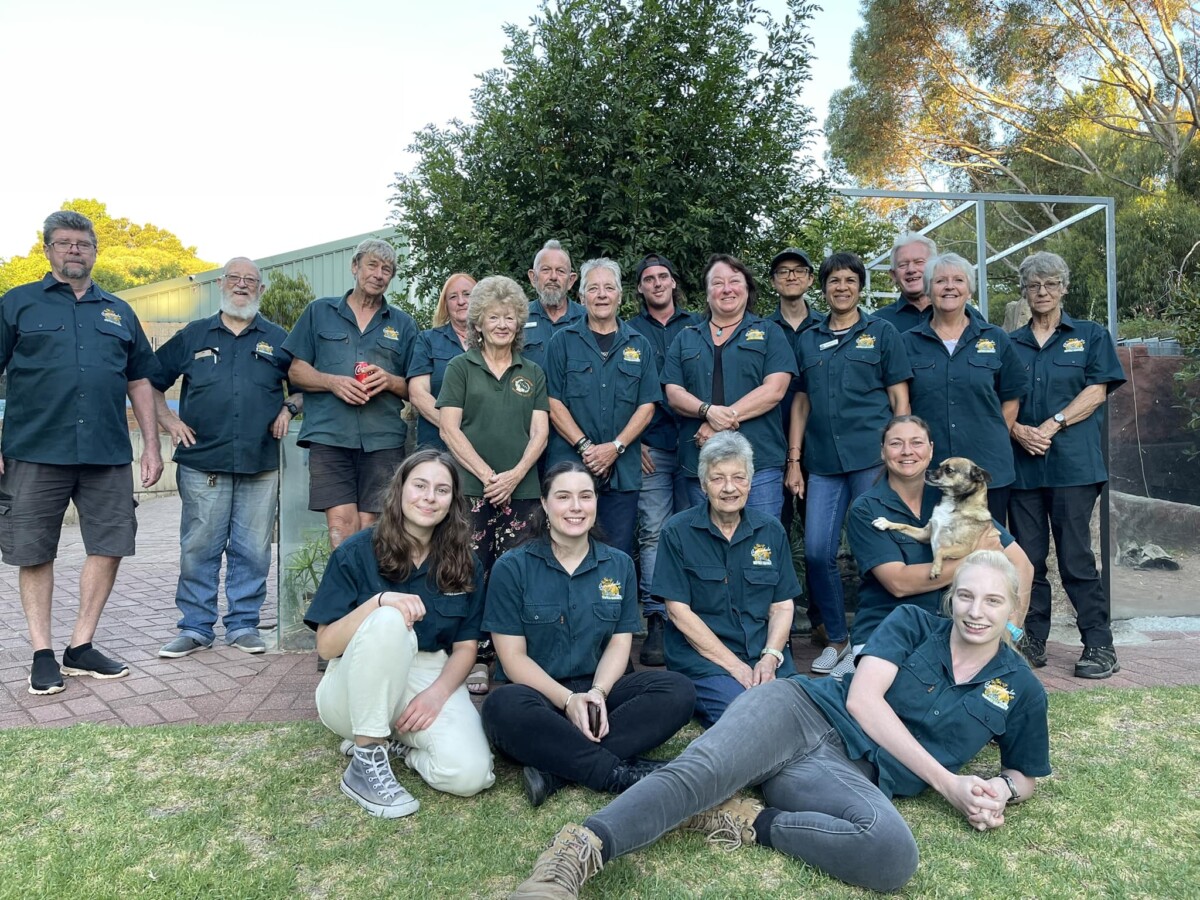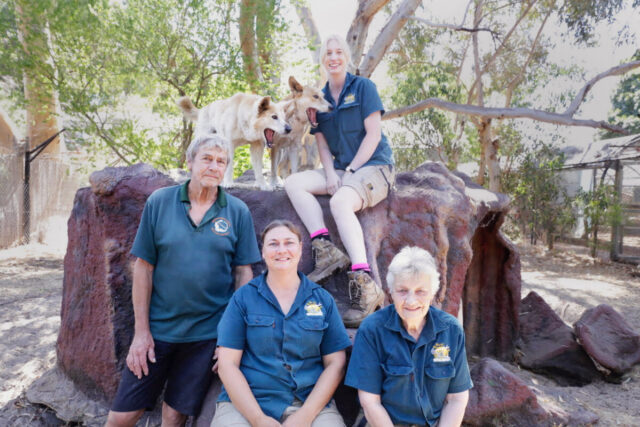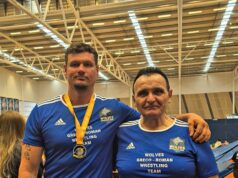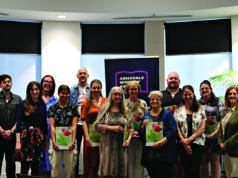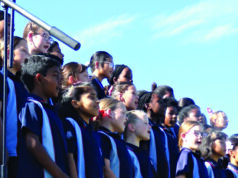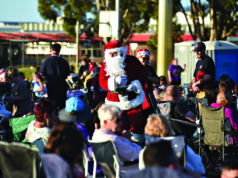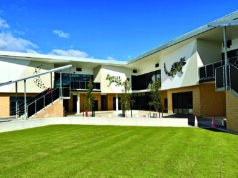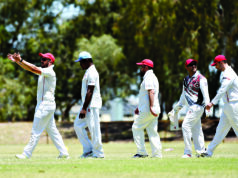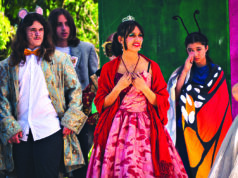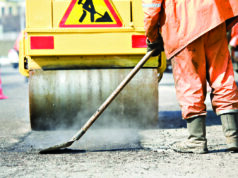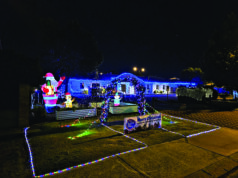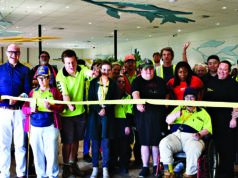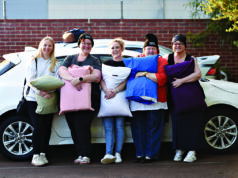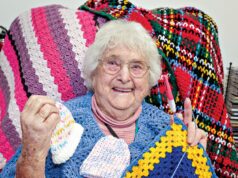Exactly thirty years ago, the Armadale Reptile Centre opened its doors to the public, making it the very first education centre of its kind in Perth.
Klaas and Mieke Gaikhorst had the dream of creating a safe space for sick or injured animals to rehabilitate, and a base they could start breaking down the rusted-on hatred many people felt towards our slithery neighbours.
“We were seeing so many bodies of snakes that had been needlessly killed out of fear,” Klaas said. “It was awful.”
“And many of those were killed because of misidentification,” daughter, Kristy, said.
“The hate for reptiles is so fear-driven, which is such a shame, because if people spent a bit of time with them, they would realise they’re not nasty or vindictive, they’re just trying to live their lives like the rest of us.”
As a young animal lover, Mieke was always rescuing strays or creating caterpillar circuses, and regards those animals as her first real friends in life.
But even she will admit that she has a healthy respect for, rather than a love of, snakes. Klaas, however, has always felt an affinity for them.
“I suppose I liked them because others didn’t,” he said. “I’ve always barracked for life’s underdogs.”
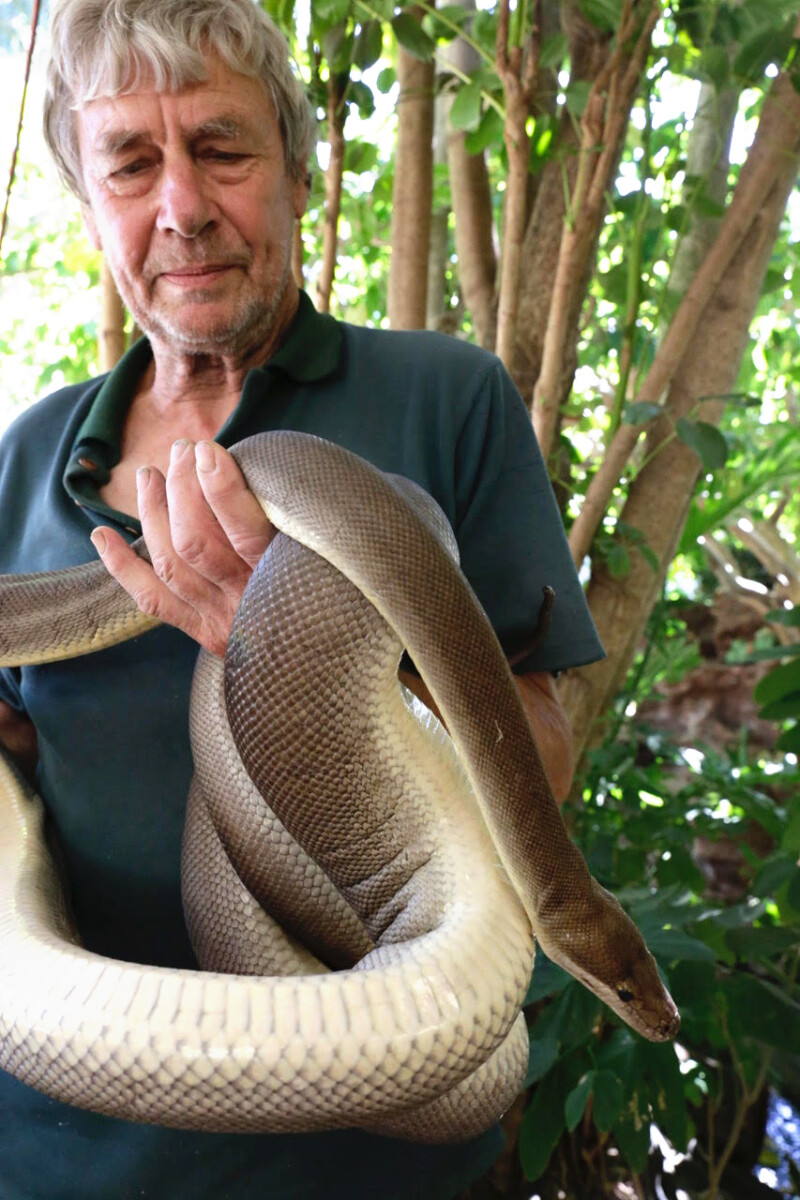
At one stage, Klaas was one of only four people in WA who was legally allowed to keep reptiles, after securing a licence in order to rescue some pythons from the Pinjarra quarry before they were blown to smithereens.
As the ‘reptile man’ at Perth Zoo for nearly three decades, Klaas became increasingly frustrated that the zoo wasn’t keen on keeping venomous snakes.
“At that time the zoo was only interested in the big exotic animals for ‘wow’ factor,” Klaas explained.
“But tourists really wanted to see Australian natives,” Mieke said. “Why else would they come all the way here?”
“And Perth deserved to have a place that specialised in reptiles,” Klaas added.
In 1992, the pair moved their family from High Wycombe to Armadale to pursue their dream.
On a piggery-turned-lemon orchard plot along the South Western Highway, Klaas began to tenaciously build the bones of their reptile park, one brick at a time.
“He used to clock off work at the zoo and come home and spend every evening paving and building brick walls and enclosures,” Kristy said.
“It took about two years before we got it to the point we could open to the public.”
The Armadale Reptile Centre (ARC) officially welcomed its first visitors on January 15, 1995.
One of the early attractions were two Pilbara Olive Pythons – the only two held in captivity at the time.
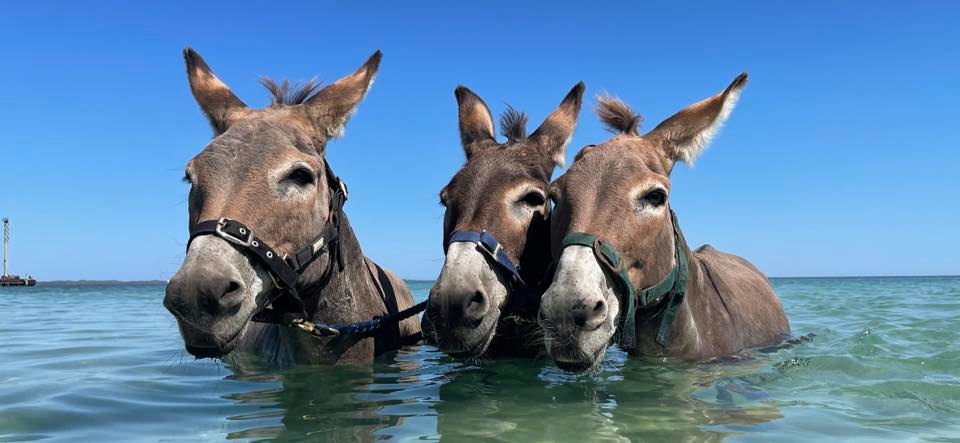
But guests were often delighted to find more than reptiles: the menagerie now includes a host of bird species including parrots, cockatoos, finches, and birds of prey, a pair of emus, dingos, miniature donkeys and ponies, kangaroos, a Southern Hairy-Nosed Wombat, and frogs.
The centre currently houses over 350 animals.
Many of the animals that call the ARC home are surrendered or confiscated pets, like the centre’s two crocs – Crystal and Harley – who were seized from bikies during a police raid, excess from other parks, or rescued animals who are unable to be released into the wild.
Those animals quickly become family; Kristy lovingly refers to the pair of dingos – Kyah and Jay – as “her boys”, and Mieke fondly recalls a “sensational” monitor that loved human affection, and a bustard pair they raised from just three weeks old.
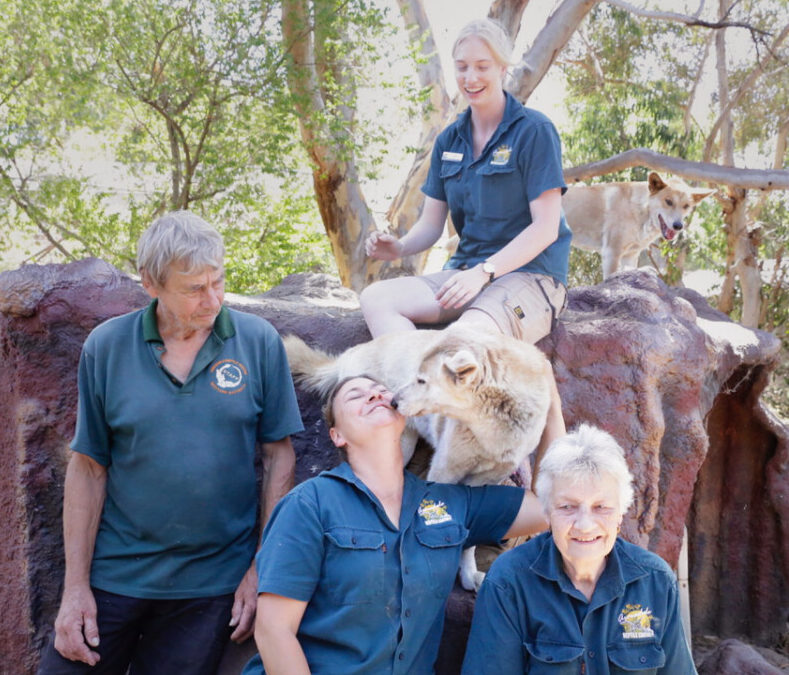
“The male was such a beautiful little guy. I remember that first mating season when I heard him roaring – I thought it was a rabid dog and I raced out in a panic. And here he was strutting around like he was king pin,” she said.
“We lost him in 2019. I try hard to not get attached now because it hurts too much when you lose them. But I’m not always successful at doing that.”
The Gaikhorsts very quickly became known as the people locals could go to with sick or injured wildlife.
“We’re one of a very few in WA that have a licence to rehabilitate injured wildlife,” Kristy said.

“We usually treat the reptiles here and send the mammals to other shelters set up to care for them.
“I feel proud when release day comes.”
All of the medicines and veterinary treatment the animals receive is paid for in-house; they’ve never received any compensation for their services to our local fauna.
“We’re quite proud of the fact we’ve never taken a cent off the government,” Klaas said.
“What allows us to keep going is people coming through the door and paying admission,” Kristy said
And they also provide a venomous snake relocation service, only charging a nominal fee to cover fuel costs.
“We’ve had a few memorable call-outs, including ones in which the ‘venomous snake’ has turned out to be made of rubber, and others which had dad squeezing down narrow wells to rescue 6-foot dugites,” Kristy said.
“But catching the venomous snakes is actually usually the easy part. It’s finding a place to release them where they aren’t threatened by roads, development and fires that’s becoming increasingly difficult.
“A small snake has 25 years ahead of them – where are they going to be safe for the next 25 years? Almost nowhere.”
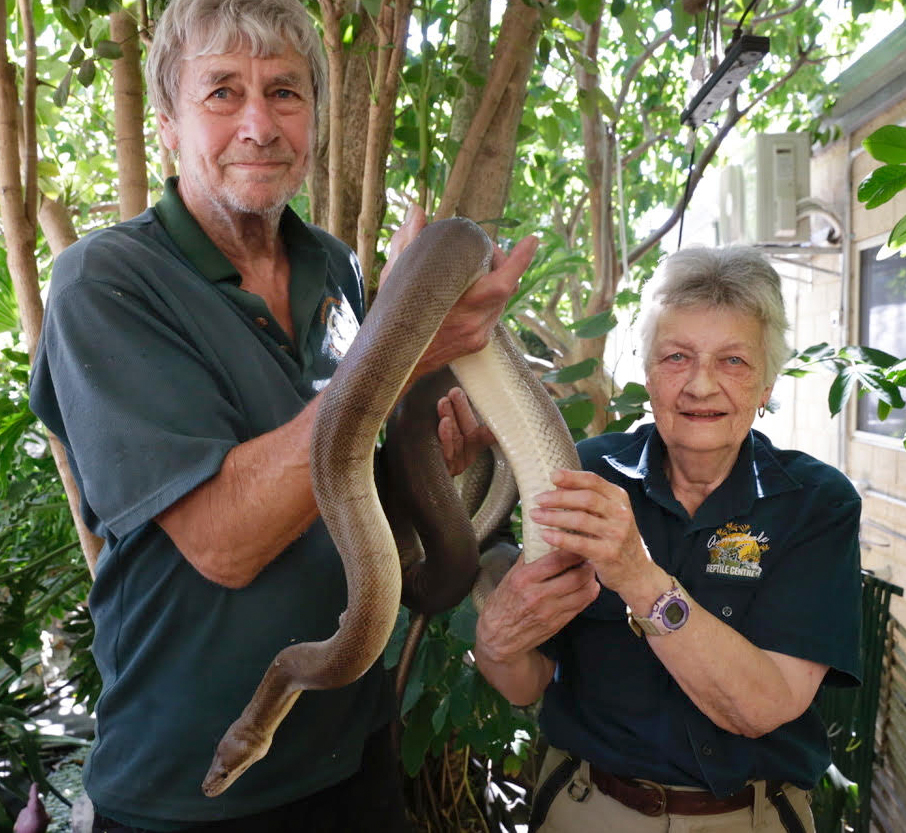
Part of the work the ARC team does is educate the public on the importance of protecting habitat.
They also provide professional reptile talks and are regularly welcomed at community events like the Kelmscott Show or the recent community Christmas party thrown by Homelessness We Care. At these events, many locals have had their first skin-to-scale encounter.
And the team collaborates with other wildlife shelters on big projects, like the annual Forrestdale Lake Cygnet Rescue.
The work the Gaikhorsts have done in shifting the stubborn prejudice around snakes and creating “public awareness of Australia’s natural heritage” was officially recognised by the scientific community in 2020 when the Pilbara Hooded Snake was reclassified ‘suka gaikhorstorum’ to honour them.
“It was surreal,” Mieke said. “To be recognised that way was pretty special.”
“It lifts you up just enough to make you want to keep going for a little longer,” Klaas said, now in his 70s.
“It feels amazing that we’ve made it to 30 years.”
To celebrate this major milestone, the ARC will be hosting a birthday party on Saturday, January 25, from 10am to 4pm.
Entry to the park will be discounted, and there’ll be a sausage sizzle, cake stall, coffee, slushies and popcorn to enjoy.
There’ll be plenty of activities including a raffle, a scavenger hunt, and face painting.
And there’ll also be extra opportunities to get up close and personal with some reptiles and roos.
“I’m really proud of what my parents have achieved here. Not many could do what they do, working seven days a week in rain, hail or shine, sick or tired,” Kristy said.
“And we’re so lucky to have an amazing bunch of volunteers who go above and beyond to help us and protect and care for wildlife each and every day.
“I’m looking forward to celebrating with them all.”
